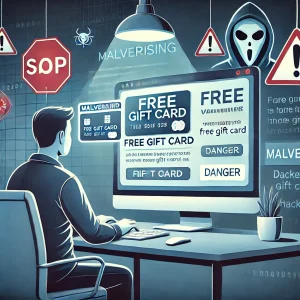Password managers keep our online accounts safe. They store all our passwords in one place. But are they hackable?
What are password managers?
Password managers are like digital vaults: they save all your passwords inside themselves. You need only remember one master password to then gain access to all of your other passwords. This makes keeping a lot of accounts much easier to handle.
Dedicated password managers are difficult to hack if configured properly. While hackers are always hunting for ways to steal your information, a properly configured password manager has a complex password and two-factor authentication. This makes it very difficult to crack.
You can protect your password manager by using a strong master password. The master password is the “key” that unlocks all of your other passwords. Use a mix of letters, numbers, and symbols, or better yet, a secure passphrase that is easy to remember, but hard to guess.
Be sure to enable two-factor authentication. 2FA adds an important layer of security.
What happens if a password manager gets hacked?
If you’ve set up your password manager properly, the chance of it being hacked is extremely low. However, if your password manager is compromised, you should:
- Change your master password immediately.
- Determine which accounts could be affected and change their passwords as well.
- Consider shifting to another password manager.
- Keep up to date with any security news about your manager.
The benefits of using a password manager usually outweigh the risks. They help you create strong, unique passwords for each account.
Choosing a reputable password manager with good reviews and security features is key. Do some research before deciding which one to use.
Using a password manager will go a long way in enhancing your online security. If you need help in selecting which one, give us a call at (734) 240-0200.



 Still using Windows 10? It’s time to start planning for a big change. Microsoft has announced that this October will mark the end of support for the operating system.
Still using Windows 10? It’s time to start planning for a big change. Microsoft has announced that this October will mark the end of support for the operating system. Threat Exposure Management (TEM) is an important cybersecurity tool. It helps organizations find and fix weak spots in their digital systems. TEM outsmarts hackers before they break into your network.
Threat Exposure Management (TEM) is an important cybersecurity tool. It helps organizations find and fix weak spots in their digital systems. TEM outsmarts hackers before they break into your network.

 Your team is the first line of defense against cyber threats, but without proper training, they may also be your biggest vulnerability. From spotting phishing emails to practicing safe browsing habits, employee cybersecurity training is essential for protecting your business.
Your team is the first line of defense against cyber threats, but without proper training, they may also be your biggest vulnerability. From spotting phishing emails to practicing safe browsing habits, employee cybersecurity training is essential for protecting your business.